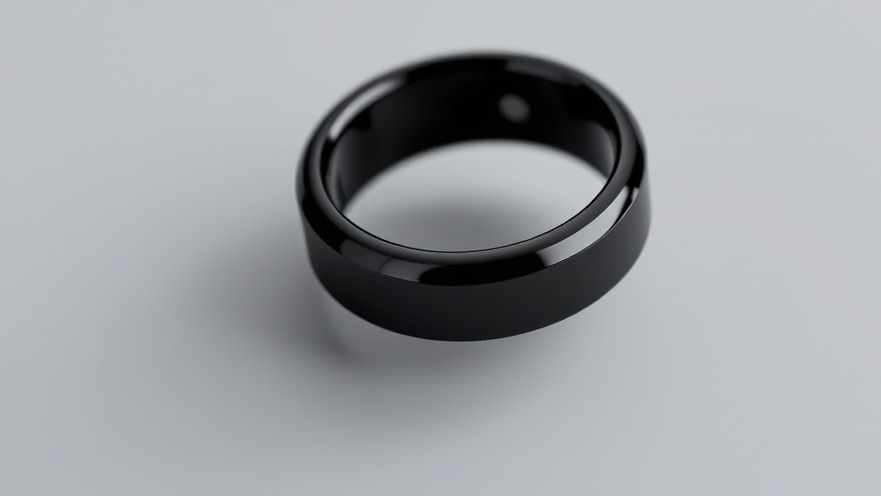
Revolutionizing Hydration Management with Wearable Technology
Dehydration, often overlooked but always present, poses a significant risk to health, particularly during hot weather. A new breakthrough from researchers at The University of Texas at Austin aims to tackle this invisible threat through a cutting-edge wearable sensor. This noninvasive device facilitates continuous and real-time monitoring of hydration levels, providing essential insights for athletes, emergency responders, and everyday users alike.
Understanding the Mechanism: How Bioimpedance Works
The device functions through a method known as bioimpedance, which assesses how electrical signals navigate through the body. By sending a low-level electrical current through the arm, the sensor reveals hydration levels based on the body's resistance to this current. Hydration plays a critical role here; adequately hydrated tissues allow electricity to flow freely, while dehydrated tissues resist it. This relationship forms the foundation of the sensor's capability to measure hydration accurately.
Real-Time Monitoring: A Game Changer for Health Practitioners
The implications of such a device extend beyond sporadic hydration checks. Real-time data transmission to smartphones empowers users with timely notifications, whether it’s a football player keen on performance or a firefighter in urgent need of hydration. By providing direct insights, health practitioners can better educate patients on hydration’s impact on physical performance and overall wellness.
Clinical Validation: Scientific Studies Backing the Device
The research team conducted rigorous trials, including a diuretic-induced dehydration study that showcased a strong correlation between arm bioimpedance readings and actual body hydration changes, corroborated by urine samples. Such validations lend credibility to the sensor's effectiveness, suggesting that it could become a standard tool in hydration management.
Comparative Analysis: Wearable Sensors vs. Traditional Hydration Assessments
Traditional hydration assessment methods, including blood tests and urine analysis, can be both invasive and impractical for routine use. In contrast, the new wearable device stands out for its ease and accessibility, granting users a user-friendly alternative that enables them to engage proactively in their hydration management. This shift highlights the potential for wearable technology to enhance patient care by delivering immediate, actionable health insights.
The Future of Hydration Monitoring: Trends and Opportunities
As we look forward, the potential for integration with smart health devices and overall wellness platforms becomes apparent. The wearable sensor represents not just a gadget but a step towards holistic health management. With increased adoption of such technologies, there could be a paradigm shift in how individuals approach hydration, leading to more informed health decisions and improved prevention of dehydration-related health risks.
Implications for Health Practitioners and Patients
For concierge health practitioners, this new development opens up a realm of possibilities in patient care. Keeping ahead of such technological advancements allows practitioners to introduce preventive strategies tailored to individual patients, focusing on enhancing their quality of life. Patients equipped with this awareness can make more informed decisions, ultimately leading to better health outcomes.
With the growing significance of hydration in health discourse, it's essential to embrace these technological innovations that empower users. Incorporating such devices into routine health assessments can create a culture of proactive care, making it easier for everyone to stay hydrated.
 Add Row
Add Row  Add
Add 






Write A Comment